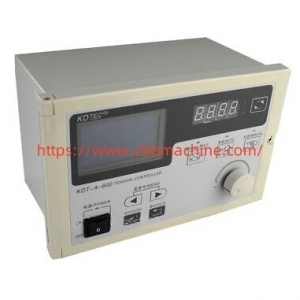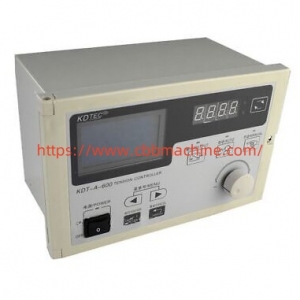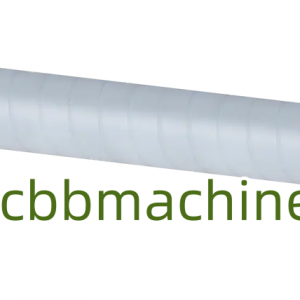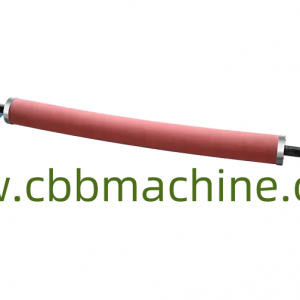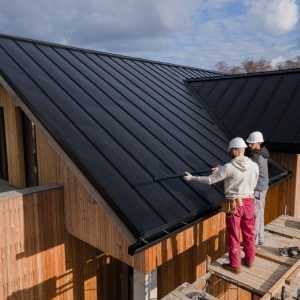Banana Roller supplier solutions are critical to modern web handling systems where precision, tension control, and wrinkle removal are required. These specially designed rollers, known for their curved or bowed profile, are widely used in converting, printing, laminating, and coating industries to maintain flatness and improve alignment during material processing.
Banana rollers serve a simple but essential function: they help eliminate wrinkles and misalignments in continuous web materials. This is achieved through their unique arc shape, which redistributes tension across the material width as it passes over the roller. The slight bow creates a lateral force that spreads the web outward, smoothing it and preventing creases from forming.
In high-speed production lines where materials like plastic films, textiles, or paper are processed, even small defects can impact the final product quality. Wrinkles, slack edges, or off-track movement can lead to misprints, uneven coatings, or mechanical jams. Integrating a properly selected banana roller into the system ensures material remains taut, flat, and properly aligned from start to finish.
The functionality of banana rollers depends heavily on their design and construction. Key parameters include the degree of curvature, the roller diameter, and the material used for the roller surface. Each of these factors is chosen based on the specific properties of the material being processed—such as thickness, elasticity, and sensitivity to tension.
Rubber-coated rollers are often selected for their high friction surface, which provides excellent grip on slippery films. Anodized aluminum or chrome-plated surfaces, on the other hand, offer corrosion resistance and are suitable for cleanroom or high-temperature environments. The choice of material and surface treatment ensures compatibility with various web types and minimizes wear over time.
A banana roller must be carefully positioned within the web path. The angle at which the material contacts the roller determines how much spreading action occurs. Proper installation allows operators to control the degree of alignment correction without causing excessive strain or deformation in the web. Some systems are equipped with adjustable frames, enabling operators to change the roller’s curve dynamically for different production runs.
Efficiency in manufacturing depends on more than just speed—it also requires consistency and minimal waste. When materials travel through multiple stations—coating, printing, laminating, slitting—accuracy in web handling ensures each stage proceeds without defects. Banana rollers support this flow by maintaining continuous tension and preventing the kind of slack or misalignment that can cause interruptions.
In addition to performance, banana rollers are valued for their durability and low maintenance requirements. With sealed bearings and precision-balanced designs, these rollers can operate over long periods with minimal servicing. This reliability helps reduce downtime and supports a smoother, uninterrupted production process.
For operations handling different materials on a single production line, the flexibility of banana rollers is an advantage. By using adjustable or replaceable components, operators can fine-tune the roller configuration to suit different web widths, thicknesses, or material types. This versatility supports frequent production changeovers without the need for full equipment replacements.
From flexible packaging to label printing and nonwoven fabrics, banana rollers are a vital part of many industries. They support consistent product quality and efficient material flow, both of which are essential to maintaining high productivity and customer satisfaction. A trusted supplier provides not just the roller, but the technical understanding to configure and support it according to each application’s unique demands.
Ultimately, choosing the right banana roller is about understanding your material, your process, and your equipment. A well-designed roller can prevent defects, reduce waste, and improve line performance—all while requiring little attention once properly installed. Whether you're setting up a new production line or upgrading existing equipment, consulting with experienced professionals in this field can guide you to a roller solution that meets your operational goals.


